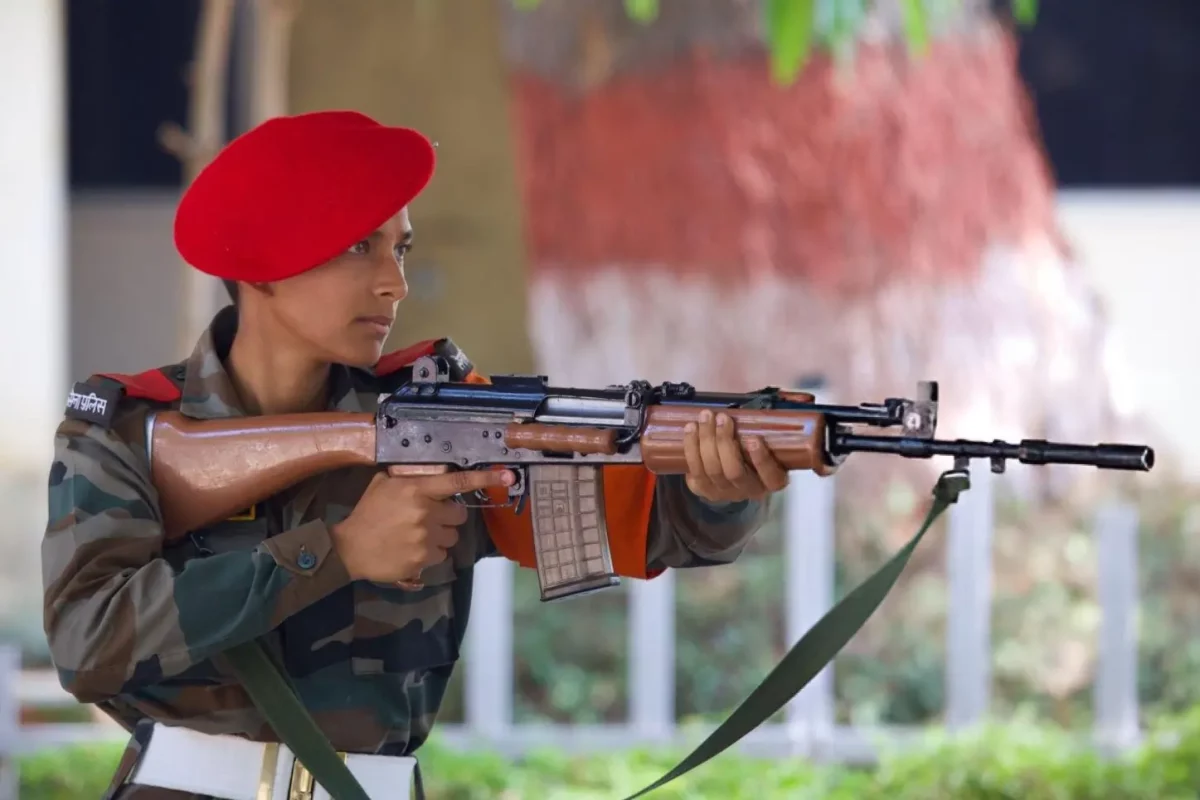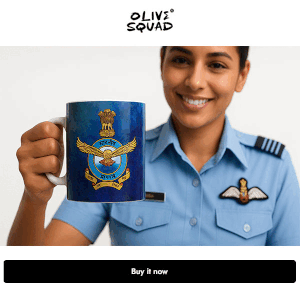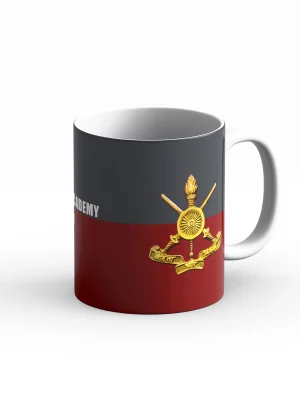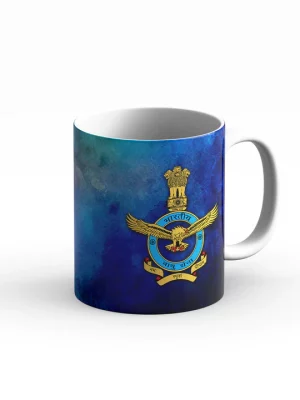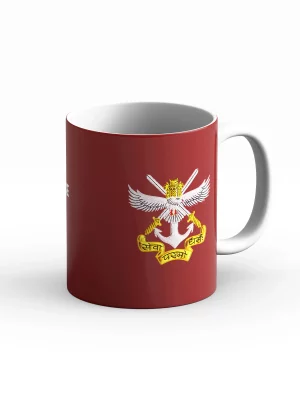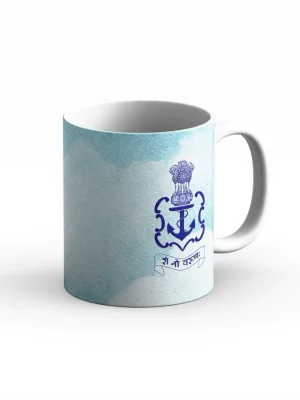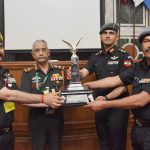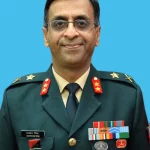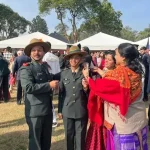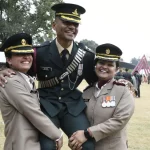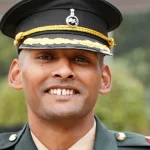The Indian Army offers aspiring officers and soldiers a diverse range of 21 corps to choose from during the joining process, spanning combat roles and support functions. These corps allow individuals to align their skills, interests, and career goals with specialized military duties, from frontline warfare to logistics and technical support. Selection depends on entry schemes like NDA, CDS, or technical entries, and each corps provides unique training, challenges, and contributions to national defence.
Key Corps Categories
- Fighting Arms (7 Corps): Focus on direct combat and tactical operations, ideal for those seeking action-oriented roles.
- Support Services (14 Corps): Emphasize logistics, administration, health, and technical expertise, ensuring the army’s operational efficiency.
While combat corps often involve high-risk environments, support roles offer stability and specialized skills transferable to civilian life. Research suggests that choosing a corps based on personal aptitude such as physical fitness for infantry or technical knowledge for engineers leads to higher satisfaction and effectiveness. Controversy exists around gender integration in combat roles, but recent policies have opened more opportunities for women across corps.
Brief on Joining Process
Entry into these corps occurs through competitive exams and SSB interviews, with allocations based on merit, preferences, and vacancies. Permanent Commission (PC) or Short Service Commission (SSC) options are available, with training at academies like IMA Dehradun or OTA Chennai. Salaries start at around ₹56,100 for officers, with benefits like housing and pensions.
Why Choose a Specific Corps?
Each corps has distinct training durations (6 months to 2 years) and postings, from border areas to urban centers. For example, aviation enthusiasts might prefer the Army Aviation Corps, while medical professionals opt for the Army Medical Corps. Evidence from recruitment data leans toward high demand in technical corps due to modernization efforts.
Comprehensive Exploration of the 21 Indian Army Corps
The Indian Army, as one of the world’s largest volunteer forces with over 1.4 million active personnel, is structured into various corps that form its operational backbone. These 21 corps categorized into fighting arms and support services enable recruits to specialize from the outset of their service. This detailed survey draws from official structures and historical evolutions, highlighting roles, training, equipment, notable achievements, and career prospects for each. The corps reflect the army’s adaptation to modern warfare, incorporating technology like drones and cyber systems while honoring traditions from colonial-era regiments.
Understanding these corps is crucial for aspirants, as allocation influences not just daily duties but long-term postings and promotions. For instance, fighting arms often see more field deployments, while support corps involve garrison-based work with opportunities for higher education. The list below is organized into fighting arms (primary combat units) and support services (enabling functions), providing a superset of the overview with in-depth insights.
Fighting Arms: The Spearhead of Combat Operations
These seven corps form the core of the Indian Army’s maneuver and fire support capabilities, comprising about 70% of combat strength. They are recruited through general entries and emphasize physical endurance, tactical acumen, and leadership.
- Infantry Corps The Infantry Corps, often called the “Queen of Battles,” is the largest arm with over 350 battalions across 28 regiments (e.g., Rajput Regiment, Gorkha Rifles). Soldiers here engage in direct ground combat, capturing objectives, and holding terrain. Responsibilities include patrolling borders, counter-insurgency operations, and urban warfare, using weapons like INSAS rifles, AK-203s, and light machine guns. Training at centers like the Infantry School in Mhow lasts 10 months for officers, focusing on physical fitness, marksmanship, and small-unit tactics. Notable achievements include pivotal roles in the 1965 and 1971 wars, earning the corps numerous Param Vir Chakras. Career-wise, infantry officers can rise to command battalions by Major rank, with opportunities in UN peacekeeping. It suits resilient individuals, though it involves arduous postings in high-altitude areas like Siachen.
- Armoured Corps Comprising 67 regiments, the Armoured Corps operates India’s tank fleet, including T-90 Bhishma, Arjun Mk1A, and indigenous light tanks. Roles encompass armored assaults, reconnaissance, and breakthrough operations, providing mobile firepower to support infantry. The corps, centered at Ahmednagar, trains officers for 49 weeks on tank gunnery, maneuvers, and maintenance. It played a decisive role in the 1971 Bangladesh War, where tanks crossed rivers under fire. With modernization under the Future Main Battle Tank program, officers handle advanced sensors and AI-integrated systems. Promotions lead to commanding armored brigades, and the corps offers a blend of mechanical aptitude and combat thrill, though desert postings in Rajasthan are common.
- Regiment of Artillery (Artillery Corps) As the second-largest arm with 200+ regiments, it delivers indirect fire support using 155mm howitzers (like Dhanush), Pinaka multi-barrel rockets, and BrahMos missiles. Divided into Field Artillery and Medium Artillery, responsibilities include suppressing enemy positions, counter-battery fire, and drone integration for precision strikes. Training at Devlali’s School of Artillery (1 year for officers) covers ballistics, forward observation, and digital fire control systems. The corps shone in Kargil 1999, destroying Pakistani bunkers from afar. Career paths include specialization in missiles or air defence, with opportunities in joint Indo-Russian projects. It appeals to analytical minds, with postings across plains and mountains.
- Corps of Army Air Defence (AAD) This corps safeguards airspace with systems like Akash SAMs, Spyder missiles, and QRSAMs, protecting against aircraft, drones, and missiles up to 5 km altitude. Roles involve radar surveillance, quick reaction alerts, and integrated air defence networks like Akashteer. Training at Gopalpur (Odisha) for 44 weeks emphasizes electronics and missile tech. It countered Pakistani incursions effectively in 2019 Balakot. With India’s focus on hypersonic threats, officers train on indigenous radars. Promotions can lead to air defence command, suiting tech-savvy recruits interested in aviation without piloting.
- Army Aviation Corps Established in 1986, it operates 300+ helicopters (Cheetah, Dhruv, Apache) for reconnaissance, troop transport, and attack missions. Responsibilities include casualty evacuation, artillery observation, and special ops insertion in rugged terrain. Training at Nashik (1 year) includes flying quals and combat tactics. It supported high-altitude ops in Kargil and Ladakh. Future inductions like Prachand helicopters enhance capabilities. Officers become pilots or ground crew, with aviation as a passion-driven choice, though it demands rigorous medical fitness.
- Mechanised Infantry The youngest arm (est. 1979) with 25 battalions, it uses wheeled/tracked vehicles like BMP-2 Sarath for rapid assaults alongside armor. Roles focus on exploiting breakthroughs, anti-tank warfare, and mobile defence. Training at Ahmednagar integrates infantry skills with vehicle ops. It excelled in IPKF operations in Sri Lanka. Modernization includes Future Infantry Combat Vehicles. Ideal for dynamic personalities, it offers faster mobility than pure infantry.
- Corps of Engineers Divided into Madras, Bengal, and Bombay Sappers, it handles combat engineering like bridging rivers, mine clearance, and fortification. Responsibilities extend to disaster relief (e.g., building flood barriers) and infrastructure in forward areas. Training at Pune’s College of Military Engineering (1.5 years) covers civil/mechanical engineering and explosives. The corps built the Srinagar-Leh highway during wars. With robotics for demining, it suits engineers, offering civilian transferable skills like project management.
Support Services: Enabling the Fighting Force
These 14 corps ensure logistics, health, and administration, making up the army’s “force multipliers.” They recruit via technical/medical entries and provide stable, skill-based careers.
- Corps of Signals Manages communication networks with satellite systems, cyber defence, and battlefield radios. Roles include setting up secure links and electronic warfare. Training at Mhow (1 year) teaches telecom engineering. It enabled real-time ops in 1999 Kargil. With 5G integration, it’s future-proof for IT enthusiasts.
- Army Service Corps (ASC) Handles supply chains for rations, fuel, and ammo transport via convoys and airlifts. Responsibilities: procurement and distribution in ops. Training at Bangalore (9 months). It sustained forces in Siachen. Logistics experts thrive here, with MBA-like roles in supply management.
- Army Ordnance Corps (AOC) Procures and stores weapons/ammo, managing depots and quality control. Roles: inventory and explosive handling. Training at Jabalpur (9 months). It equipped troops for all major wars. Suits organized minds, with postings at secure bases.
- Corps of Electrical and Mechanical Engineers (EME) Maintains vehicles, radars, and electronics through repairs and recovery. Responsibilities: diagnostics and upgrades. Training at Secunderabad (1 year). It kept tanks running in deserts. Ideal for mechanics/electronics grads.
- Army Medical Corps (AMC) Provides healthcare via field hospitals and ambulances, with specialists in surgery and pathology. Roles: treating casualties and preventive medicine. Training at AFMC Pune (5.5 years for MBBS). Women officers prominent since 1888. High respect, with global postings.
- Army Dental Corps (ADC) Offers oral health services, from routine checkups to maxillofacial surgery in field units. Responsibilities: dental units in garrisons. Training at Lucknow (post-grad). Ensures soldier readiness, low-stress compared to AMC.
- Remount and Veterinary Corps (RVC) Cares for army animals (horses, dogs) used in patrols and therapy. Roles: breeding, vet treatment. Training at Meerut. Though diminished, vital for mountain ops. Appeals to animal lovers.
- Army Education Corps (AEC) Imparts literacy, IT, and leadership training to troops. Responsibilities: running schools and courses. Training at Pachmarhi. Enhances army morale, suiting educators.
- Corps of Military Police (CMP) Enforces discipline, traffic control, and investigations. Roles: POW handling and VIP security. Training at Bangalore. Maintains order, with police-like duties.
- Military Nursing Service (MNS) Delivers nursing in hospitals and field units, focusing on trauma care. Responsibilities: patient management. Training at AFMC. Exclusively women, heroic in wars.
- Judge Advocate General (JAG) Branch Provides legal advice, court-martials, and contracts. Roles: compliance and dispute resolution. Law grads train at IMA. Intellectual role, courtroom focus.
- Army Postal Service (APS) Manages mail and financial services for troops. Responsibilities: secure delivery in remote areas. Training brief, administrative.
- Army Physical Training Corps (APTC) Conducts fitness regimes and sports programs. Roles: injury prevention and morale boosting. Training at Pune, for PE experts.
- Intelligence Corps Gathers and analyzes intel via surveillance and human sources. Responsibilities: threat assessment. Training classified, crucial for ops like surgical strikes.
| Corps Category | Number of Corps | Key Focus Areas | Example Training Duration | Notable Equipment/Tech |
|---|---|---|---|---|
| Fighting Arms | 7 | Combat, Maneuver, Fire Support | 9-18 months | Tanks (T-90), Helicopters (Dhruv), Missiles (Akash) |
| Support Services | 14 | Logistics, Health, Admin | 6-12 months | Medical Kits, Comms Gear, Supply Vehicles |
| Total | 21 | Balanced Warfare | Varies by Entry | Indigenous Systems (Dhanush, Pinaka) |
This structure underscores the Indian Army’s integrated approach, with ongoing reforms like theater commands enhancing inter-corps coordination. Aspirants should prepare via UPSC entries, prioritizing fitness and academics for optimal allocation.

